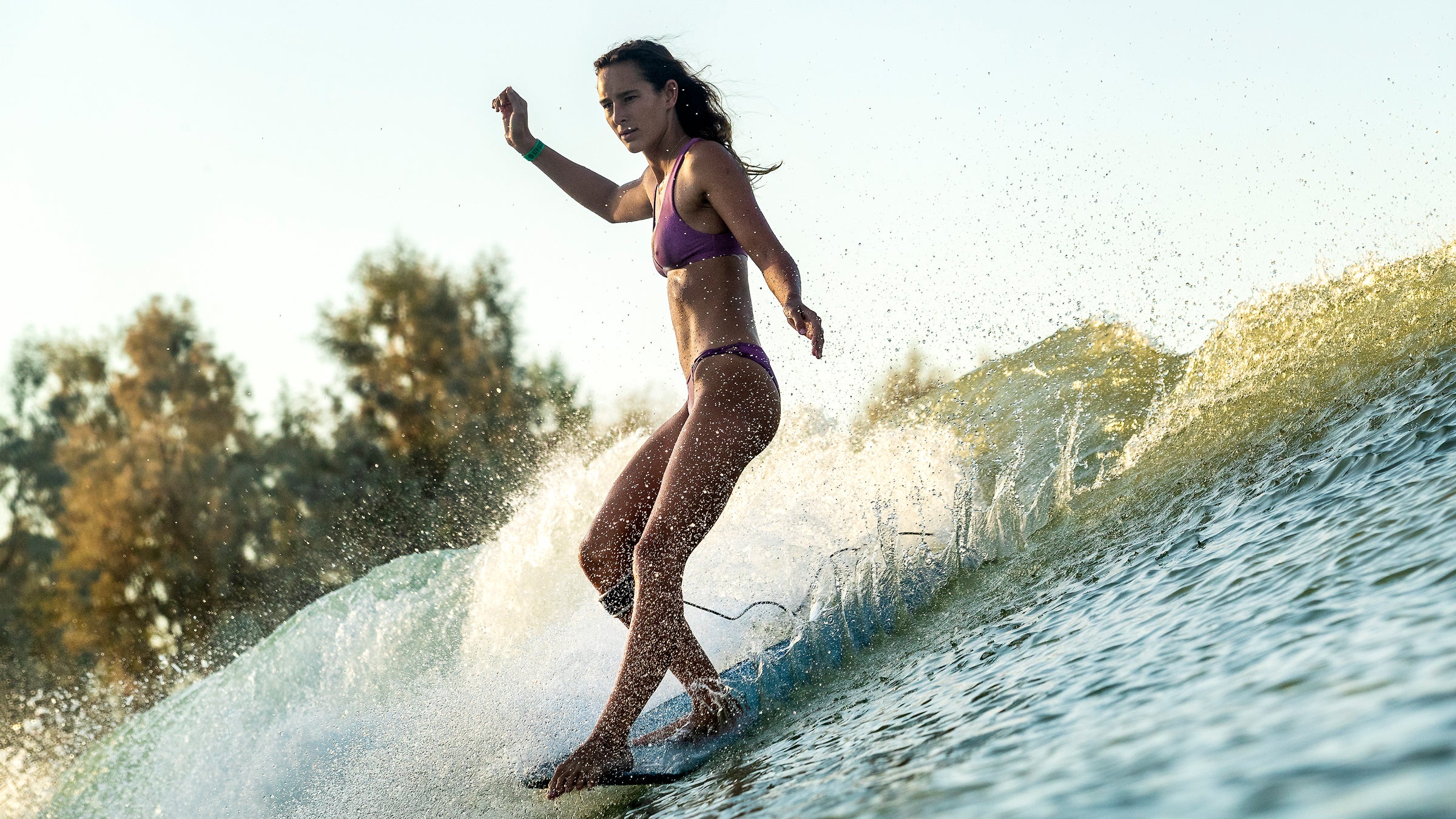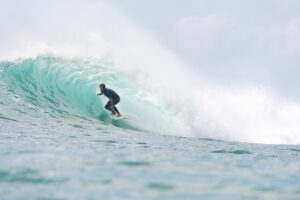Types of Surfing: A Guide to Riding the Waves

Surfing is one of the most popular water sports in the world, with millions of people hitting the waves every year. However, there are many different types of surfing, each with its own style, equipment, and challenges. In this article, we will take a closer look at some of the most popular forms of surfing, from classic longboarding to extreme tow-in surfing.
Introduction
Surfing has been around for centuries, with early Polynesian cultures using wooden boards to ride waves. Today, surfing has evolved into a diverse and dynamic sport, with surfers using a range of different boards and techniques to tackle waves of all shapes and sizes. Whether you are a beginner or an experienced surfer, there is always something new to learn about the different types of surfing.
Traditional Longboarding
Longboarding is one of the oldest and most traditional forms of surfing, with roots dating back to the early days of the sport. Longboards are typically between 8 and 12 feet in length and are designed to catch waves early and smoothly. Longboarders often ride with a laid-back, relaxed style, performing classic moves like cross-stepping and hang-fives.
Shortboarding
Shortboarding is the most popular form of surfing today, with riders using short, maneuverable boards to perform high-speed turns and aerial maneuvers. Shortboards are typically between 5 and 7 feet in length and are designed to be ridden in steep, fast waves. Shortboarding is a high-energy, dynamic style of surfing that requires a lot of skill and practice to master.
Big Wave Surfing
Big wave surfing is an extreme form of surfing that involves riding waves that are 30 feet or more in height. Big wave surfers use specialized equipment, including longer boards and thicker wetsuits, to tackle these massive waves. This form of surfing is not for the faint of heart, and requires a lot of training, experience, and bravery.
Tow-In Surfing
Tow-in surfing is another extreme form of surfing that involves being towed into waves by a motorized watercraft. This technique is used to ride waves that are too large to paddle into, and allows surfers to catch waves that would otherwise be impossible to ride. Tow-in surfing requires a lot of skill and experience, as well as a strong understanding of ocean currents and wave patterns.
Stand-Up Paddleboarding
Stand-up paddleboarding, or SUP, is a relatively new form of surfing that involves standing on a large, stable board and using a paddle to propel yourself through the water. SUP is a great way to explore calm, flat water, and is becoming increasingly popular in lakes and rivers as well as on the ocean.
Bodyboarding
Bodyboarding, also known as boogie boarding, is a fun and accessible form of surfing that involves riding waves while lying on a small, soft board. Bodyboarding is a great way to get started with surfing, as it requires less skill and practice than traditional surfing. However, bodyboarding can also be a challenging and rewarding sport for more experienced riders.
Kneeboarding
Kneeboarding is a form of surfing that involves riding waves while kneeling on a small board. Kneeboarding is a great way to get comfortable with the basics of surfing, as it requires less balance and coordination than traditional surfing. Kneeboarding can also be a fun and exciting way to ride small to medium-sized waves.
River Surfing
River surfing is a unique form of surfing that involves riding waves in rivers and rapids. River surfers use specialized boards that are designed to handle fast-moving water and unpredictable currents. River surfing is becoming increasingly popular in places like Munich, Germany, and Boise, Idaho, where river waves offer a challenging and
exciting alternative to ocean surfing.
Wind Surfing
Wind surfing is a combination of surfing and sailing, and involves riding waves while harnessing the power of the wind. Wind surfers use a board with a sail attached to it, and can perform a range of tricks and maneuvers in the water. Wind surfing requires a lot of skill and experience, as well as a strong understanding of wind patterns and conditions.
Kite Surfing
Kite surfing is a relatively new form of surfing that involves using a kite to propel yourself through the water. Kite surfers use a small board and a large kite, and can perform a range of aerial maneuvers and jumps. Kite surfing is a challenging and exciting sport that requires a lot of skill and practice to master.
Wave Pool Surfing
Wave pool surfing is a new and innovative form of surfing that involves riding artificial waves in a controlled environment. Wave pools are becoming increasingly popular around the world, and offer a fun and challenging alternative to traditional ocean surfing.
Surfing Etiquette
No matter what type of surfing you are interested in, it is important to follow proper surfing etiquette. This includes respecting other surfers, waiting your turn, and following the rules of the water. Surfing etiquette helps to ensure that everyone can enjoy the waves safely and responsibly.
Conclusion
Surfing is a diverse and exciting sport that offers something for everyone. Whether you are interested in traditional longboarding, high-energy shortboarding, or extreme big wave surfing, there is a type of surfing that will suit your style and skill level. By following proper surfing etiquette and taking the time to learn the skills and techniques of each form of surfing, you can become a skilled and confident surfer in no time.
FAQs
- What type of surfing is best for beginners?
- Bodyboarding and kneeboarding are great forms of surfing for beginners, as they require less skill and practice than traditional surfing.
- Do I need to be in top physical shape to surf?
- While surfing can be physically demanding, it is possible to start at any fitness level and gradually build up your strength and endurance over time.
- Can I surf in any type of weather?
- While it is possible to surf in a variety of weather conditions, it is important to always prioritize safety and be aware of changing conditions.
- How do I choose the right surfboard for me?
- The right surfboard depends on your skill level, body type, and the type of waves you plan to ride. It is important to consult with an experienced surf shop or instructor to find the right board for you.
- Is surfing an expensive sport?
- While the cost of surfing equipment can vary, it is possible to find affordable options for beginners. Additionally, many surf shops offer rental options for those who are just getting started.





